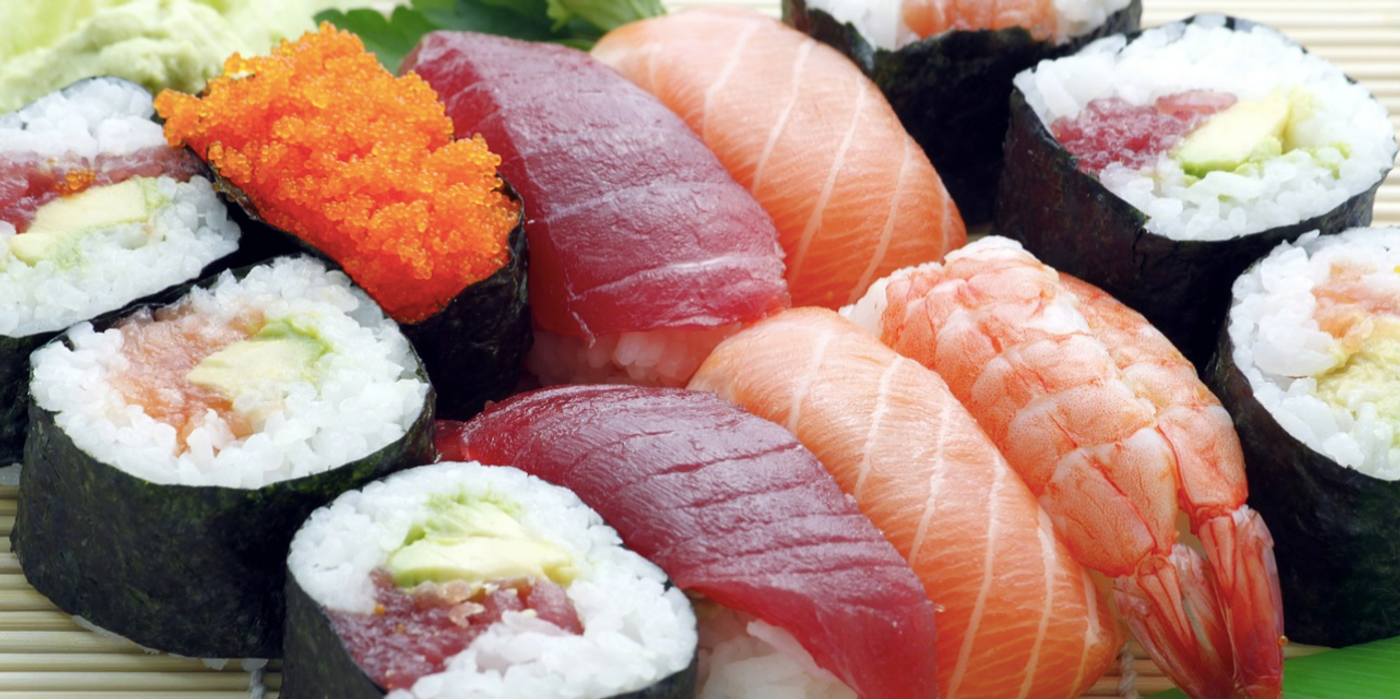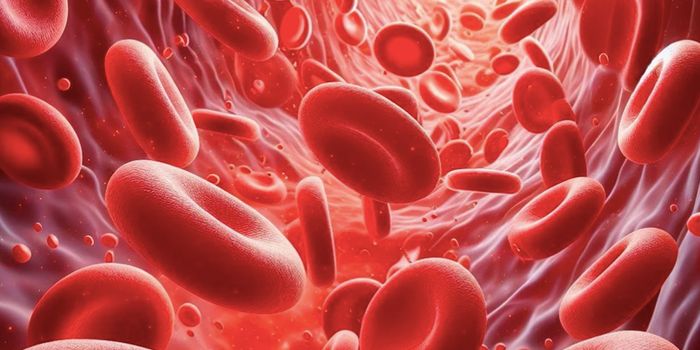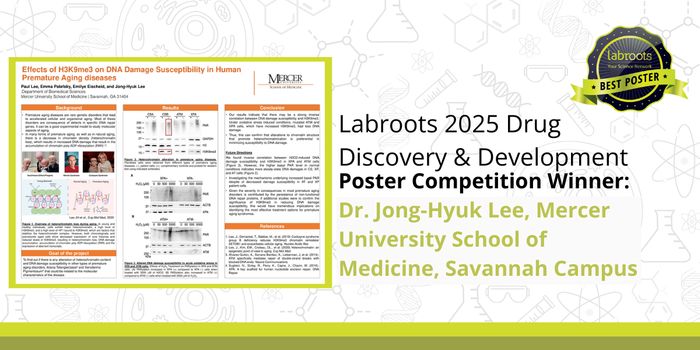Seaweed Digestion Genes Have Moved from Marine to Gut Microbes
Trillions of microorganisms live in our gastrointestinal tracts, and many perform essential and beneficial functions, like helping us break down food and absorb the nutrients within. Sometimes those microbes carry genes that we don't, enabling us to digest more materials than we could on our own. Scientists have now found that a human gut microbe carries genes that allow for a molecule called porphyran, which is found in seaweed, to be broken down. The researchers revealed that those seaweed digestion genes are the same as some found in ocean bacteria. The findings have been reported in Cell Host & Microbe.
The study authors suggested that these seaweed digestion genes originated in ocean bacteria, and other genes like it may be far more common than we knew. They have been able to move into microbes in the human gut because genes are easily transferred between bacteria in a process called horizontal gene transfer.
Dietary fibers, compounds called polysaccharides that come from vegetables, fruits, and grains, can be digested by gut bacteria. But their chemical structure is different from the polysaccharides found in seaweed. Genes found in ocean microbes called Bacteroidetes that digest seaweed polysaccharides have managed to find a place in some human gut microbes.
So how did the genes get there? The researchers still don't know if they came from a gut microbe that was consumed by a person, or if they took "a more complex path," said study co-leader Eric Martens, Ph.D., a professor in the Department of Microbiology and Immunology at the University of Michigan (U-M) Medical School.
For this study, the researchers turned to a readily available sample: stool from U-M undergraduate students. Fecal samples are considered an easy way to get a snapshot of the microbes in gut bacteria, by isolating and sequencing the genetic material within a sample, then comparing the sequences to known species. The team also assessed how the bacteria degraded polysaccharides found in seaweed, compounds such as alginate, carrageenan, laminarin, and porphyran.
They determined that genes for degrading laminarin were abundant in the samples, while other seaweed polysaccharide digestion genes were less common. Laminarin has some similarity to beta-glucans found in oats and grains, which may be why the genes were common.
"The genes to process agarose and porphyran, two of the more commonly consumed seaweeds in Southeast Asia, tended to be enriched in the people living there," noted Martens. Samples from individuals living in various parts of the world were referenced in this study to identify the distribution of gene clusters.
For example, people in China or Japan were more likely than those elsewhere to carry genes for porphyran degradation. Carageeenan has been used as a food additive for a long time, and genes for carrageenan digestion were most common in samples from China, Japan, and North America.
Genes that can digest seaweed were also discovered in another species of common gut bacteria called Firmicutes.
"Firmicutes are known to live in fish intestines and the closest ancestors of the genes that appear to have jumped into human gut Firmicutes were ones found in fish," said Martens.
The scientists noted that this study has shown how complex the interplay between diet and human gut microbiome adaptations can be in various populations.
Sources: University of Michigan, Cell Host & Microbe









